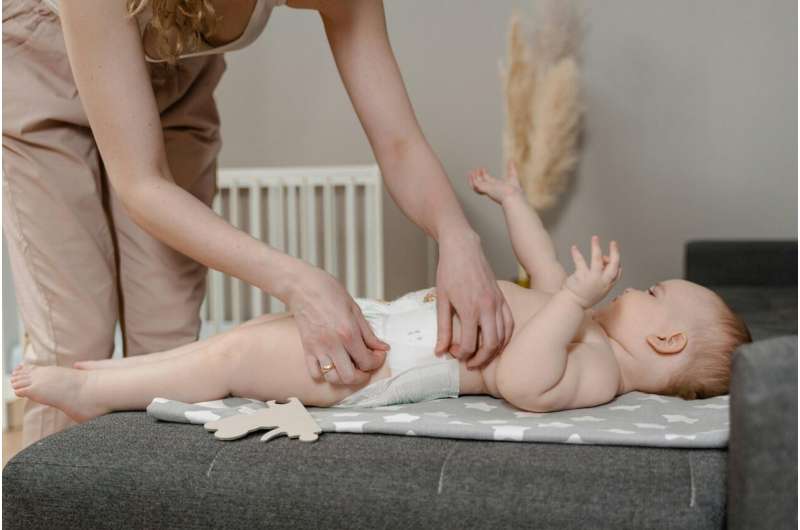Parents are encouraged to view diaper changes as more than just a routine task; these moments can serve as valuable opportunities to teach young children about consent. Experts, including researchers Katherine Bussey and Nicole Downes from The Conversation, highlight that discussions about consent should not be reserved for teenagers. Engaging with children about their bodies early on lays the foundation for a lifelong understanding of personal autonomy and safety.
Transforming Diaper Changes into Learning Moments
Diaper changes are frequently seen as chores to complete quickly. However, by taking a moment to communicate with children during these changes, parents can instill important lessons about consent. Understanding what is happening to their bodies is crucial for young ones, as it prepares them for future toileting independence.
When beginning a diaper change, parents should get down to the child’s level and clearly explain what is about to happen. For instance, saying, “you need a diaper change,” followed by a brief pause allows the child to process the information. Parents can then offer choices, such as, “Do you want to walk or crawl to the change table, or would you like me to carry you?” This approach encourages children to express their preferences and fosters an early understanding that they have rights over their bodies.
Encouraging Awareness and Understanding
Distraction during diaper changes, such as singing or providing toys, may seem beneficial but can undermine the importance of awareness. Children should recognize when someone is handling their bodies, especially in sensitive areas. Using consistent verbal cues, such as “Can you please lift up your bottom so I can slide your diaper out?” reinforces the idea that they have a say in what happens during personal care routines.
While it is understood that not every diaper change can be a perfect teaching moment, especially in situations where time is limited, parents are encouraged to implement these practices as often as possible. Being kind to oneself during these demanding parenting tasks is essential, as every moment spent nurturing a child’s understanding of consent contributes to their safety.
Furthermore, using the correct anatomical terms—such as vulva, penis, and anus—helps children communicate their experiences accurately. Although some parents may feel uncomfortable with this approach, it is vital for children’s safety and their ability to report any inappropriate behavior to trusted adults. This principle should also be applied during activities like dressing and bathing.
Parents can also provide opportunities for children to make choices in their daily lives. Simple decisions, such as selecting a shirt color or choosing between snacks, nurture independence and reduce power struggles. Recognizing a child’s body language during interactions is equally important. Parents should pay attention to how children react when being picked up or hugged, allowing children to express their feelings and preferences as much as possible.
By integrating these practices into everyday routines, parents can create a supportive environment that fosters a strong understanding of consent from an early age. As children learn to navigate their autonomy, they become better equipped to protect themselves and communicate their needs effectively.
This article has drawn insights from the work of Katherine Bussey and Nicole Downes, as reviewed by Andrew Zinin, and was published by The Conversation on November 16, 2025.






































































